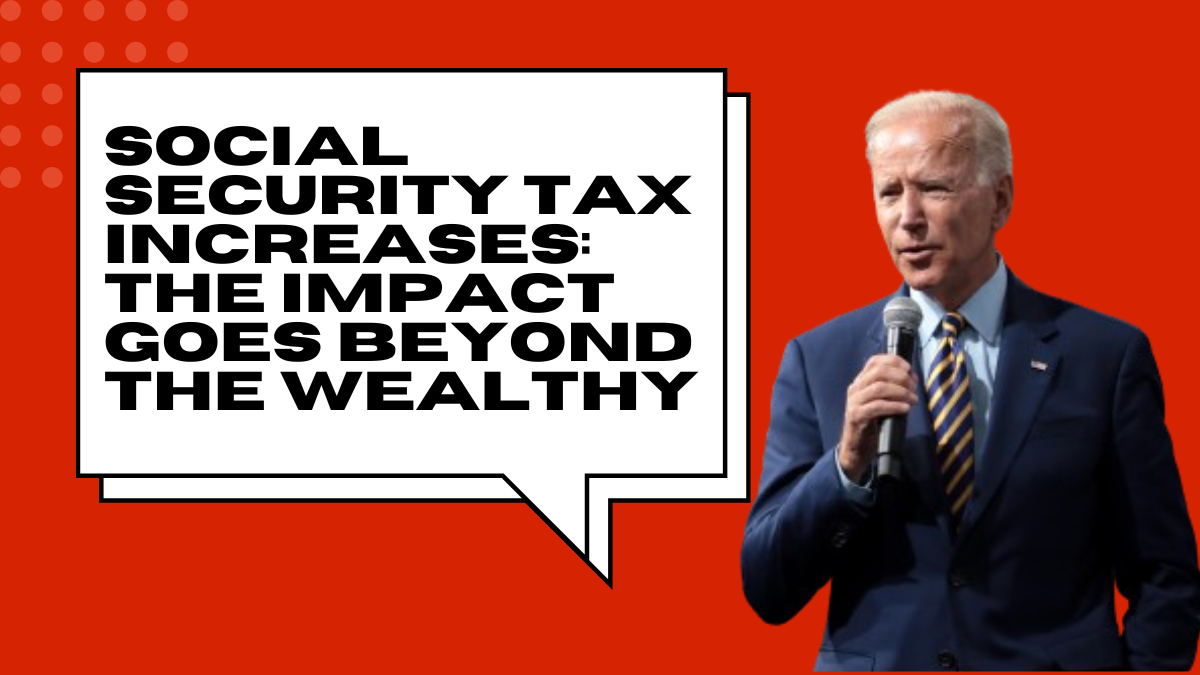In an unexpected turn of events, the much-anticipated Social Security benefit increase has been officially canceled for 2025. The Federal Reserve has confirmed the halt, and many retirees are left wondering what led to this decision.
The culprit, as it turns out, is the calendar. Here’s a breakdown of what happened and what this means for millions of Americans relying on Social Security payments.
Why Was the Increase Canceled?
Social Security benefits are typically adjusted annually based on the Cost of Living Adjustment (COLA). These adjustments are meant to keep up with inflation, ensuring recipients don’t lose purchasing power as prices rise.
However, for 2025, the increase has been halted due to a combination of calendar-related quirks and economic factors.The main reason? A mismatch in how inflation data is measured.
The Consumer Price Index for Urban Wage Earners and Clerical Workers (CPI-W), used to calculate the COLA, showed lower inflation rates during the measuring period 2024. As a result, the Federal Reserve officially canceled the increase that many were hoping for.
Key Details and Timeline
The cancellation affects over 70 million Americans who rely on Social Security benefits. The following table highlights the impact on monthly payments:
| Year | Expected Increase | Actual Increase | Reason for Change |
|---|---|---|---|
| 2024 | 3.2% | 3.2% | Inflation adjustments applied |
| 2025 | 2.5% | 0% | Lower CPI-W data and calendar issue |
How Does the Calendar Play a Role
The calendar plays an unexpected but crucial role in determining Social Security benefit increases.
Inflation is measured based on specific months, usually from the third quarter of one year to the third quarter of the next. In 2024, inflation cooled during this period, which means the adjustment for 2025 does not justify an increase.
This is particularly frustrating for beneficiaries, as inflation had increased in months outside the measuring period. However, the strict calendar-based methodology excluded these months from the calculation, leading to the current outcome.
What Can Social Security Recipients Expect
For those already receiving Social Security, this news is undoubtedly disappointing. The table below shows the impact on benefits by age group:
| Age | 2024 Monthly Benefit (Average) | Expected 2025 Increase | 2025 Monthly Benefit |
|---|---|---|---|
| 62 | $1,907 | 0% | $1,907 |
| 66/67 | $3,822 | 0% | $3,822 |
| 70 | $4,873 | 0% | $4,873 |
Why You Can Blame the Calendar
The calendar plays a critical role in COLA calculations; this time, it worked against Social Security beneficiaries. Since the measurement period did not capture enough inflation to trigger an increase, the Federal Reserve confirmed no adjustment in 2025.
The current method does not allow calculation flexibility despite inflation occurring outside the official measuring period.
What’s Next for Social Security Recipients?
Without a benefit increase, millions of Social Security recipients will face higher costs in 2025 without additional support from their monthly checks.
While inflation may have cooled according to the CPI-W index, seniors’ actual expenses, such as medical bills and daily living costs, continue to rise. Beneficiaries will need to adjust their budgets accordingly to cope with this change.
Conclusion
There will be no rise in Social Security benefits in 2025 because inflation was lower than expected during the measuring period and there are strict calendar rules that govern COLA calculations.
People who got this news may be disappointed, but they need to know about any changes that might happen in the future. Listen to how inflation changes over time and see if new rules or changes will be made to deal with these issues in the years to come.











